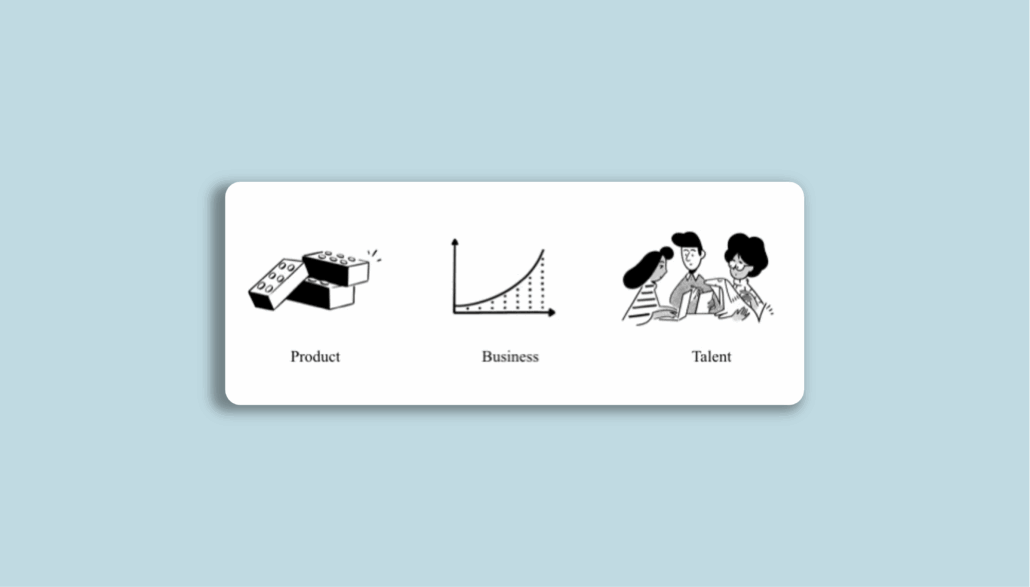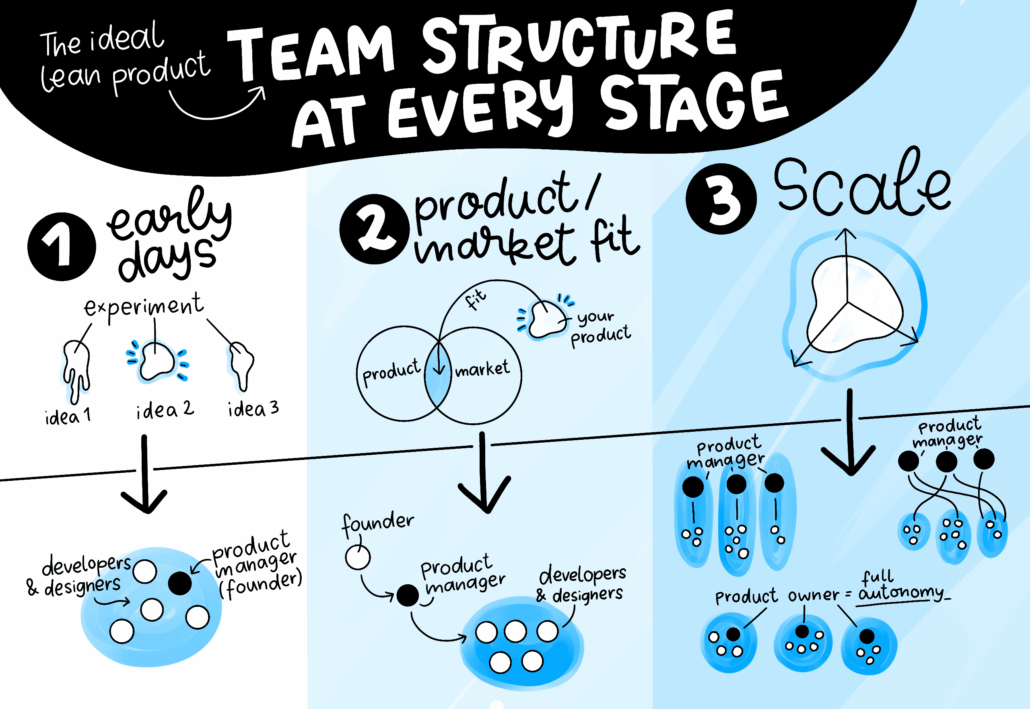Scaling Product Management Teams: Herding Unicorns Without Losing Your Mind

There’s a moment in every growing company where you realize your product manager (PM) is drowning. They’re leading five cross-functional teams, translating business needs into product features while sprinting between user interviews, roadmap planning, and trying to convince engineering that “no, we can’t just ship a half-buttoned feature.” It’s at this point—usually around 4 a.m.—that the voice of reason chimes in: It’s time to scale the product team.
At Vindy, Xima, and Sidewalk, I’ve had the good fortune (read: battle scars) of scaling product orgs from one-person shows into well-oiled, outcome-driven machines. Here’s how I’ve learned to do it without accidentally building a bureaucracy, breaking the product, or losing the soul of innovation.

Step 1: Start With Philosophy, Not Headcount
Before posting job reqs, define your product philosophy. What does your company believe product managers should do? Are they mini-CEOs, team facilitators, strategy drivers, or backlog janitors (hopefully not the last one)?
At Sidewalk, we clarified early that our PMs were “impact owners.” Their job wasn’t just to ship features, but to move the needle—user adoption, retention, revenue, and happiness. That simple distinction shaped every hiring decision and team structure moving forward.
Pro tip: If your PM job description could also describe a project manager, start over.
Step 2: Hire for Systems Thinking (Not Just Shiny Resumes)
A great PM can zoom out and see the entire product ecosystem. When scaling, you need PMs who think in systems—how a feature impacts onboarding, billing, support, and the roadmap three quarters from now.
At Xima, we looked for candidates who could map out a user journey on a whiteboard and then tear it apart with thoughtful questions. It wasn’t just about building features; it was about understanding second- and third-order effects. We passed on a few shiny résumés in favor of critical thinkers with slightly messier LinkedIn profiles—and we never regretted it.
What to ask in interviews: “Tell me about a time when launching a feature had an unintended consequence. What did you learn?”
Step 3: Structure for Autonomy, Not Control
If your PMs have to get executive signoff to change button text, you don’t have a product team—you have a bottleneck factory.
At Vindy, we scaled by creating product pods—cross-functional teams where a PM, designer, and engineers owned a specific customer journey end-to-end. Each pod had clear OKRs, freedom to experiment, and direct access to user feedback. The results? Faster iterations, stronger morale, and a lot less “waiting for approvals.”
Rule of thumb: The more you trust your PMs, the better they become.
Step 4: Over-communicate the Vision (Then Communicate It Again)
When your team grows past a certain point (usually around 5 PMs), alignment gets slippery. Suddenly you have one team building a feature to increase usage while another “accidentally” buries it three clicks deep.
At Sidewalk, we used a quarterly product narrative—a memo that explained the “why” behind everything we were doing. Not just what was on the roadmap, but why it mattered to customers and the business. This doc went to every product stakeholder, from sales to customer success, and it kept everyone rowing in the same direction.
Tip: A good narrative solves 50% of your cross-team communication issues. The other 50% requires donuts and recurring Slack reminders.
Step 5: Invest in Culture and Coaching
Hiring PMs is just the start. Growing them is where the magic happens.
At Xima, we had a mantra: “Good PMs build great features. Great PMs build great teams.” We paired junior PMs with seasoned mentors, encouraged shadowing on user interviews, and held monthly retros where we talked about what wasn’t working.
Eventually, we built an internal “PM playbook” that codified our best practices—from backlog grooming to stakeholder updates. It saved us hundreds of hours and prevented at least three internal revolts.
Final word of advice: The best scaling plans include space for learning, stumbling, and celebrating small wins—because product management is as much about growth as it is about growth hacking.
Wrap-up: What I’d Tell Myself If I Were Starting Over
-
Don’t wait too long to scale. Burned-out PMs rarely build inspired products.
-
Hire for mindset, not checklists. The best PMs often come from unexpected backgrounds.
-
Build structures, not silos. Autonomy without alignment is just chaos.
-
Remember the mission. A great product team is one that deeply cares about solving real problems for real people.
Scaling a product team isn’t just about more people—it’s about more leverage, more clarity, and more impact. And if you do it right, you’ll spend less time putting out fires and more time building bonfires worth gathering around.



